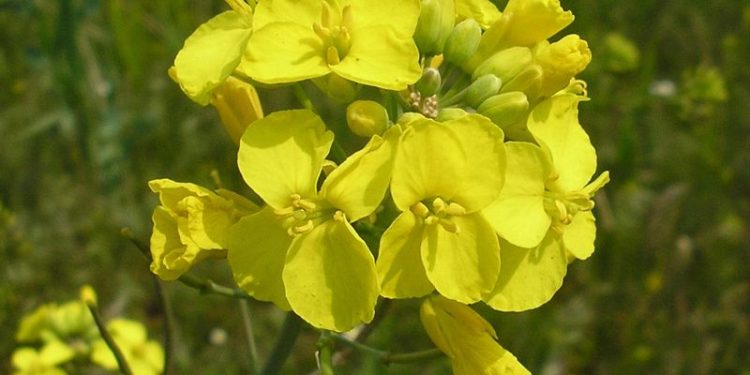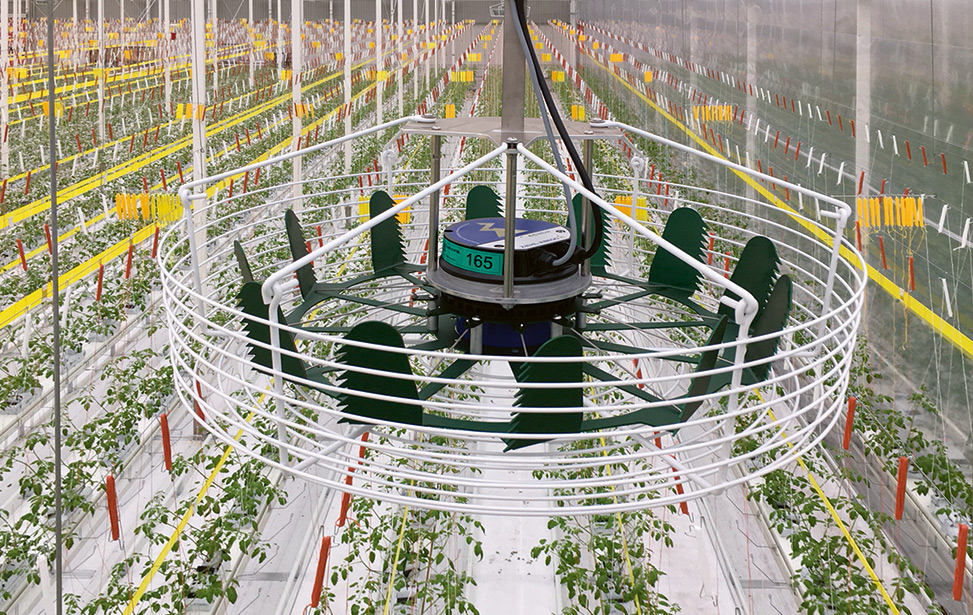Brassica campestris, commonly known as field mustard, is a member of the Brassicaceae family and has been gaining attention as a potential crop for sustainable agriculture. In this article, we will discuss the benefits of cultivating Brassica campestris, its growth requirements, and the potential challenges faced in its cultivation.
According to recent research, Brassica campestris is an excellent source of phytochemicals and has high levels of antioxidants, making it a promising crop for both human consumption and animal feed. It is also known to improve soil health, as it has the ability to suppress soil-borne pathogens, reduce soil erosion, and increase nutrient availability.
However, the cultivation of Brassica campestris can be challenging, as it requires specific environmental conditions such as cool temperatures and well-drained soil. It is also susceptible to pests and diseases such as clubroot and flea beetles, which can significantly reduce yield if not managed properly.
To overcome these challenges, farmers and agronomists must carefully select appropriate cultivars, implement crop rotation strategies, and apply integrated pest management practices. Furthermore, the use of modern breeding techniques and genetic engineering may enhance the crop’s ability to resist biotic and abiotic stresses.
In conclusion, Brassica campestris has great potential as a sustainable crop in agriculture due to its numerous benefits, including its ability to improve soil health and provide high levels of phytochemicals. With proper management techniques, it can be successfully cultivated, and its adoption in farming systems can promote sustainable and environmentally friendly agricultural practices.
#BrassicaCampestris #FieldMustard #SustainableAgriculture #CropRotation #IntegratedPestManagement #SoilHealth #Phytochemicals #GeneticEngineering #EnvironmentalStewardship












